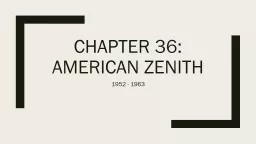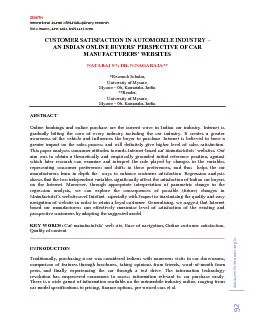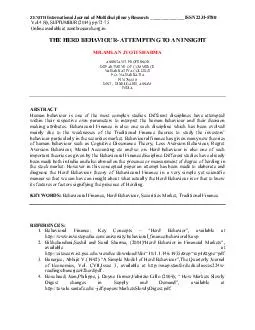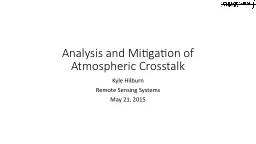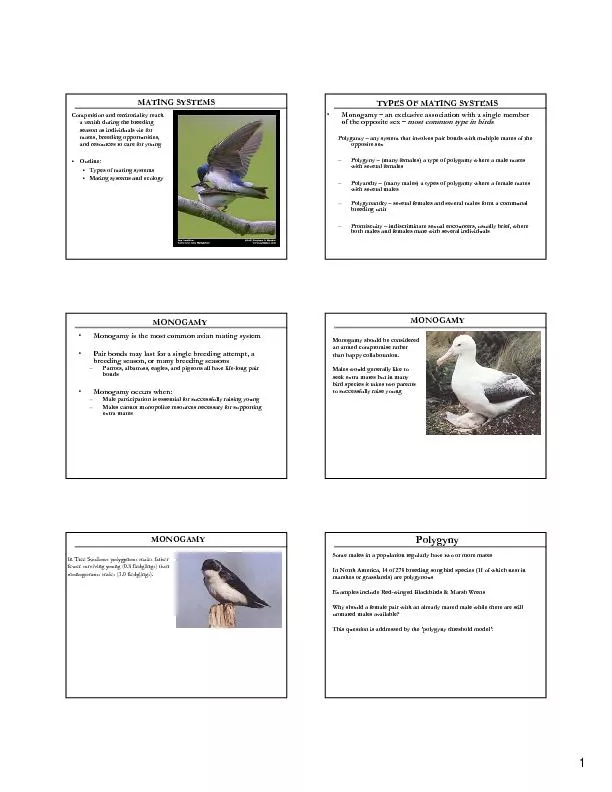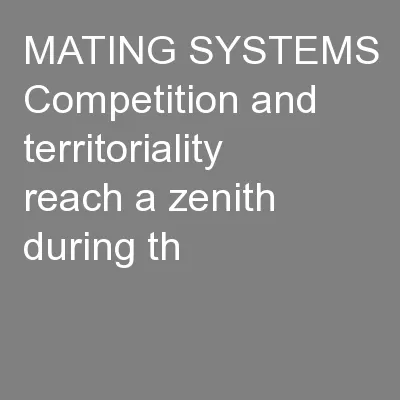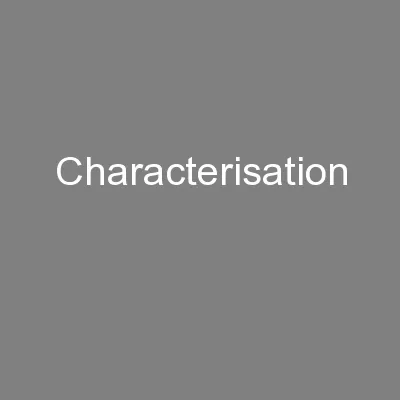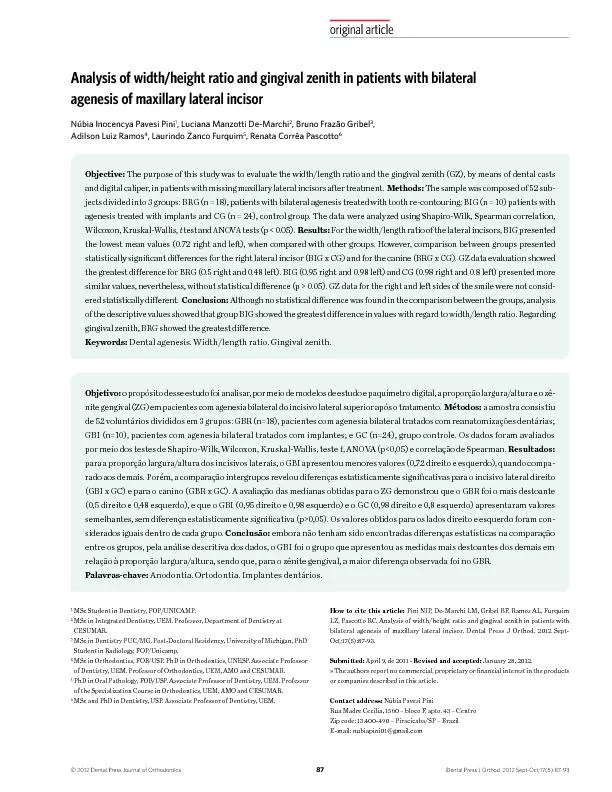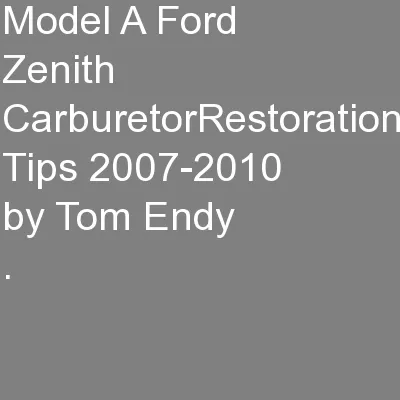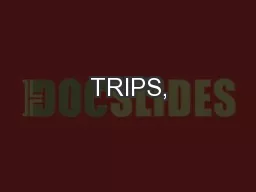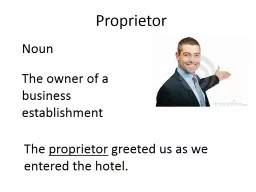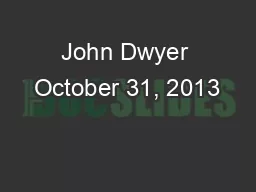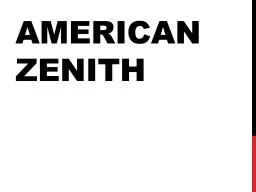PPT-Chapter 36: American zenith
Author : pamella-moone | Published Date : 2019-11-07
Chapter 36 American zenith 1952 1963 Affluence and Its Anxieties Economic boom of the US continues after World War 2 One out of 4 homes in 1960 had been built during
Presentation Embed Code
Download Presentation
Download Presentation The PPT/PDF document "Chapter 36: American zenith" is the property of its rightful owner. Permission is granted to download and print the materials on this website for personal, non-commercial use only, and to display it on your personal computer provided you do not modify the materials and that you retain all copyright notices contained in the materials. By downloading content from our website, you accept the terms of this agreement.
Chapter 36: American zenith: Transcript
Download Rules Of Document
"Chapter 36: American zenith"The content belongs to its owner. You may download and print it for personal use, without modification, and keep all copyright notices. By downloading, you agree to these terms.
Related Documents

